How to Use this Camino Planning Check List
This is not meant to be a list to be blindly followed. But it’s intended as a “prompter” to get you thinking about your future Camino and some of the things to consider.
It won’t go into great detail, but I’ll add links to more detail should you want to explore it.
I’ll break the checklist into these key areas”
-
- Camino Route Selection and Time of Year
- Camino Start and Finish Points
- Getting to and from Your Camino
- Your Camino Gear
- Camino Communications
- Camino Health Considerations
- Your Camino Budget
- Camino Security and Safety Considerations
1 – Camino Route Selection and Time of Year
There are a number of factors that will influence your route selection:
-
- The Time of Year. The South of Spain is hot in the summer, and mountain passes in the North may be blocked by Snow
- How “Social” or Busy you’d like your Camino to be. Popular routes like the Camino Frances and Portuguese are busier.
- How far you want to walk. Some routes like the Ingles are only about 100 kms, whereas others like Le Puy are 1,800 kms.
- How “easy” you want the Pilgrimage to be. The Camino Frances has the most infrastructure, whereas routes like the VdlP have long stages without facilities.
- How long do you have for your Camino? 2 weeks? 3 Months?
Here’s a Camino Route Planner that I use.
2 – Camino Start and Finish Points
Where you are coming from and your mode of travel may influence this. If flying Internationally you need to consider your “Port of Entry” and how to get from there to your start point and vice versa.
So think about:
-
- Travel time to your Port of Entry.
- Time to get over jet lag is this applies.
- How many days you have to spend on the Camino.
- Where you would like to end your Camino. Santiago?
- How far you can manage to walk per day.
- Do you need to allow rest days or sight-seeing days?
- Count up all those days and subtract from your end point/date to estimate your start date and start point.
3 – Getting to and from Your Camino
If flying Internationally, and depends on the route, you might land in Madrid, Paris, Barcelona or other Cities. Also consider which Airport you will return home from. Then think about:
-
- Do you need a Visa? Apply early.
- How long will your inbound and outbound travel take? For me it’s 24 hours each way.
- How will you get to and from Airports? Trains are often the best options. Internal flights can be frequent and inexpensive. And Buses are another option.
- Do you need to allow sight-seeing or “recovery time” at the end before travelling home?
- Book your flights.
- Maybe book your first few nights accommodation.
- If applicable book train/bus to your start point
4 – Your Camino Gear
Many people turn up on the Camino like they are doing a luxury tour of Europe with huge suitcases! Ditch those before you start. The lighter you can travel on the Camino the bettr you will enjoy it. The freedom and flexibility you gain from carrying your gear in a small backpack is immense. Let go! Think about:
-
- What “essentials” do you really need? Good footwear, a pack, a sleeping bag or liner, some spare under wear & socks, a spare shirt. That’s about it! Anything more is really a “comfort” factor. Go over your packing list time and time again to take out anything that’s not essential. My pack is about 6kg and my wife’s about 4.5kg. Many people carry less than that.
- Comfortable footwear is essential. But your feet differ from everyone else’s. The “popular” shoes might not work for you. Try out lots.
- A Comfortable pack is the next essential. Ultra light is not always the most comfortable. Mine is 1.2 kgs (included in my 6kgs)
- You’ll probably need rain gear of some kind, if only a light / cheap poncho for occasional use. (check weather for time of year)
- Good footwear and socks and a good foot care regime will avoid blisters. We have never had any. Check out Hikers Wool.
- Do some training walks in your footwear and carrying your pack.
This is my Camino Gear.
And how we Avoid Blisters.
5 – Camino Communications
Some people like to totally unplug and not even take a phone. I would take one if only for safety reasons.
-
- How will you access internet? Just WiFi or will you get a local SIM or eSIM?
- Tidy up your phone to leave space for videos and photos.
- Do people at home need to be able to contact you? Decide how and when that will work. Will you “check-in” with them or not?
- Do you need to set up autoresponders?
- Will you need access to online accommodation and travel booking? What Apps will you need?
- Will you be contacting local accommodation to make bookings? WhatsApp is commonly used, or phone calls. Emal less so.
- Install the Alert Cops App! It’s a great emergency app provided by the Spanish Police (in English)
- Make sure you know Emergency numbers. 112.
6 – Camino Health Considerations
A few more things to consider.
-
- Health Insurance is recommended if you don’t have reciprocal health cover with Spain. Some Banks and Credit cards provide this free (with conditions)
- Travel Insurance might be a good idea.
- Should you have a Health check before you go?
- Do you need to take specific medications with you?
Should you need them, local Spanish Health Services are outstanding. Don’t worry. And there are frequent, ‘very good’ Pharmacies (Farmacia)
7 – Your Camino Budget
Do you have an overall budget in mind? What type of accommodation will you use? This is a major cost component.
Allow enough funds for:
-
- Travel to and from the Camino from your country.
- Travel to and from your start and end points.
- Nightly accommodation. Might be hotels, Hostals or Albergues.
- Daily food. might be bought ready to eat, self-prepared or cafes/bars
- Communication costs.
- Incidentals. Coffee, water, snacks, phone top up.
- Emergencies or unforeseen circumstances.
Check out how we plan our Camino Budget.
8 – Camino Security and Safety Considerations
The Camino is generally a very safe environment. Just take normal safety and security precautions. But think about:
-
- How will you carry important documents such as your passport.
- How and where will you carry cards and money? (maybe not all in one place)
- How will you access cash along the way. Best not to use ATMs outside banking hours in case you have a problem
- ALWAYS carry your valuables on you at all times. Passport, cards, money, phone etc. Even going to the shower (use a small dry bag).
- If a solo female, take normal precautions and if you feel you need it, buddy up with another solo female. (some do). If you have any concerns approach other Pilgrims or accommodation hosts or the local Police (who are great in Spain)
- If walking remote sections on your own, take extra care. Twisting an ankle in a lonely spot could be awkward.
- Make sure you know where you are, where you are heading to and that you have a working phone with Alert Cops. (better to be safe)
6 and 7 really apply more to the more remote Camino routes.
If you think I’ve missed anything, or have any questions, please comment below.


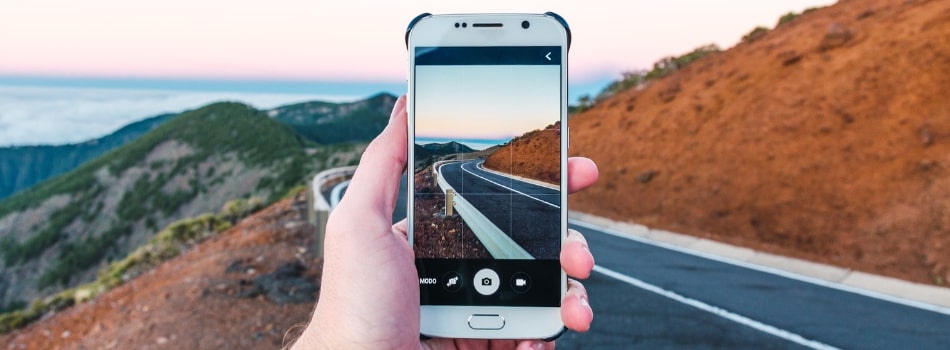
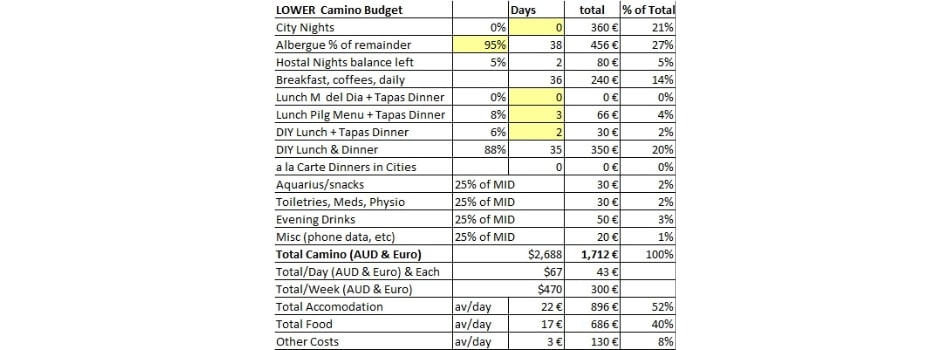
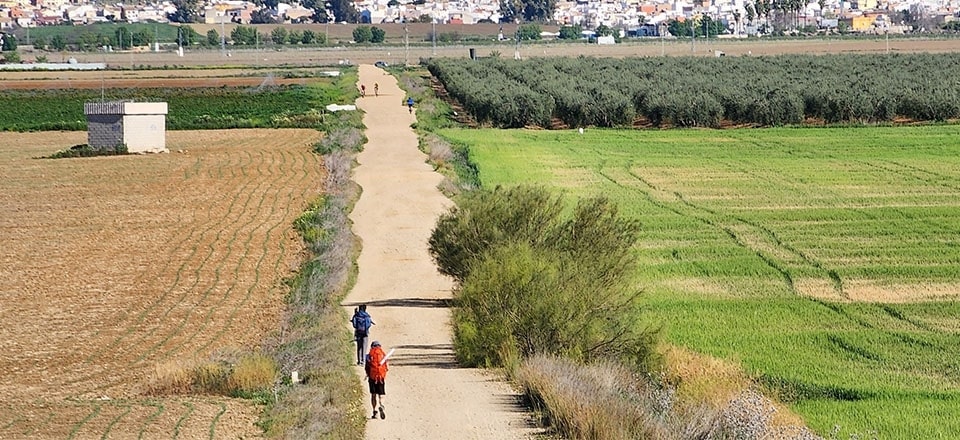
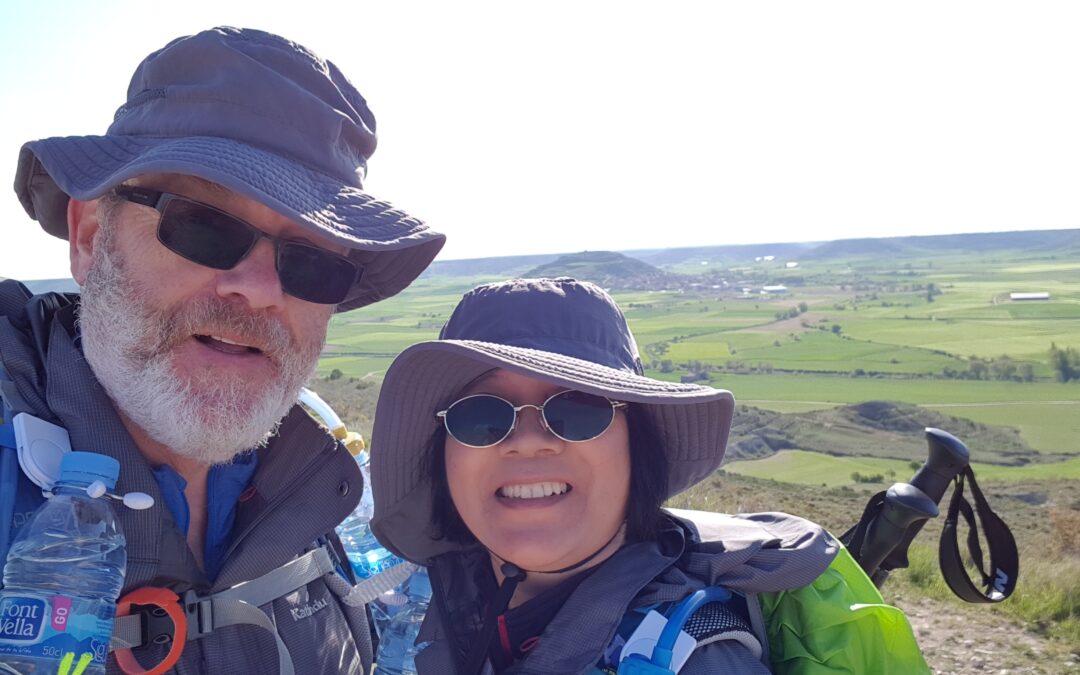
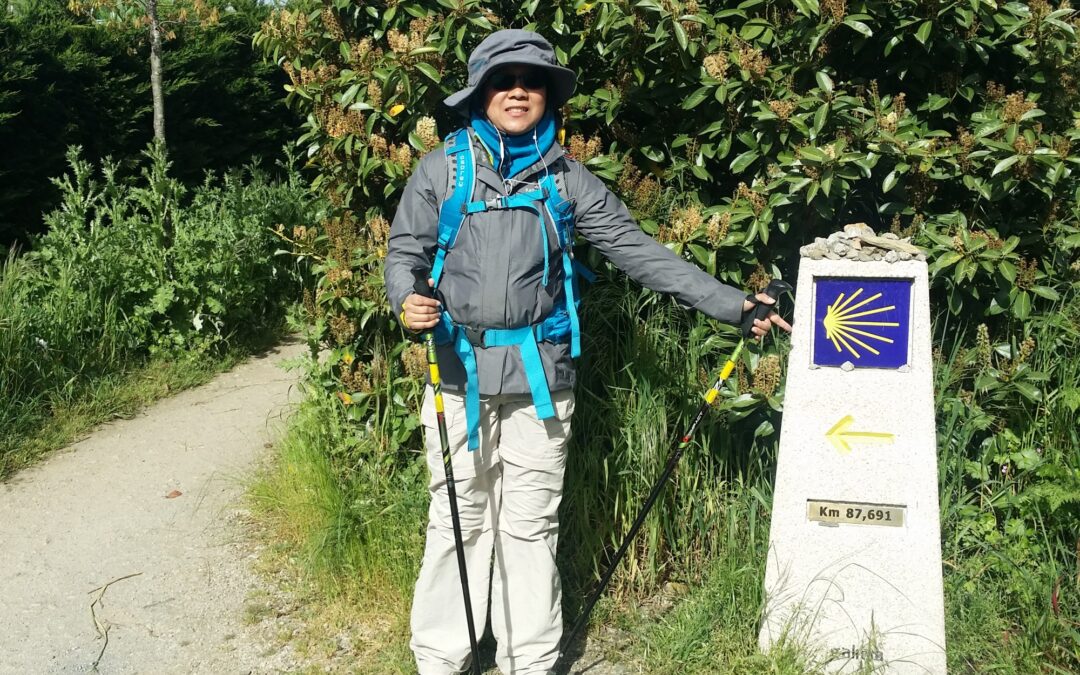
0 Comments